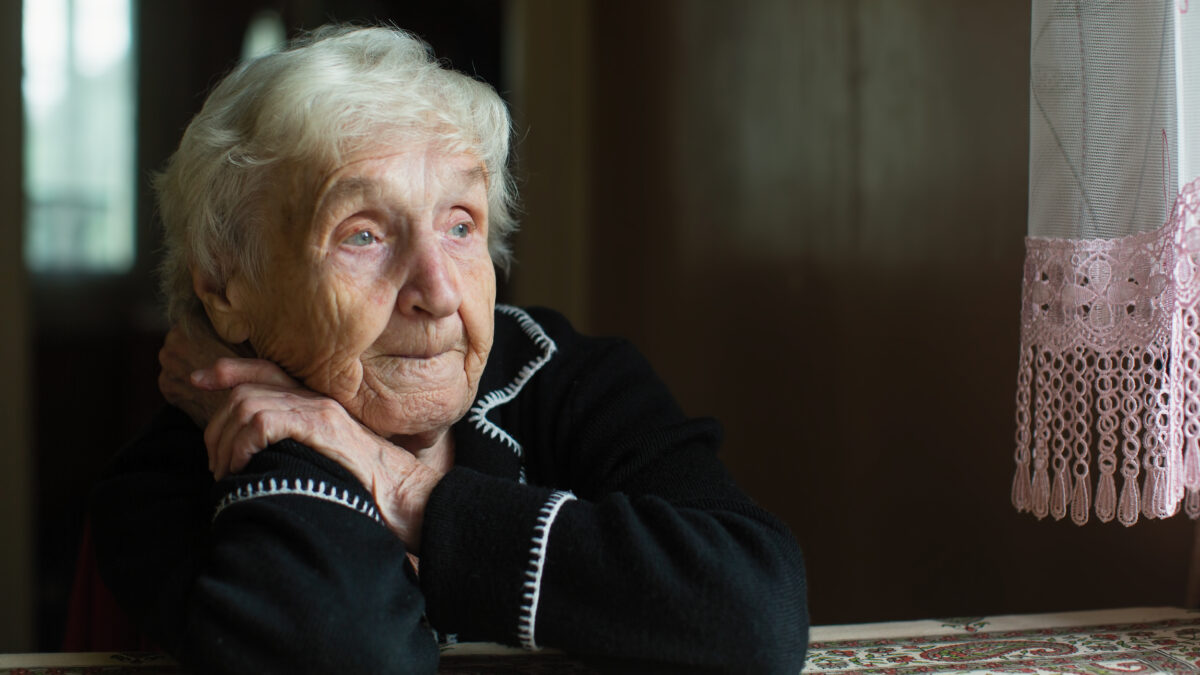For some people, the first “symptom” of hypertension is a deadly heart attack or stroke.
Hypertension, or high blood pressure, now plagues nearly half of Americans. Some patients may experience mild symptoms, while others experience none at all. But hypertension nevertheless puts them at a greater risk for serious health conditions – like heart attack, stroke and kidney failure.
Hypertension Awareness Month is a time to call attention to the impact of high blood pressure and to open dialogue about innovative solutions.
Hypertension’s Burden
Each year, more than 500,000 Americans die directly because of hypertension. The disease is a leading cause of death in the United States.
It’s also costly. Health care expenditures directly related to hypertension cost the United States $131 billion dollars annually.
The burdens borne by individual patients are also significant. Patients with hypertension, on average, spend about $2,000 more per year on health care than those without. Symptoms can also make it difficult for patients to partake in exercise and other recreational hobbies, exasperating one’s condition and heightening feelings of isolation and loneliness.
Disproportionate Impact
These burdens are not felt equally by all Americans, however. Communities of color are disproportionately affected. For example:
- Black Americans are 20% more likely than white Americans to have hypertension and nearly twice as likely to die of preventable heart disease and stroke.
- Hispanic Americans are less likely to be diagnosed.
- Asian Americans are less likely to have controlled hypertension and experience more severe strokes.
Adherence Struggles
Since the mid-2010s, rates of hypertension control have been declining. Today, more than half of American adults with hypertension don’t have it under control.
A primary driver is poor medication non-adherence. Nearly one in three people with hypertension is nonadherent. This is a major concern: Not keeping up with one’s medication regimen heightens the risk of cardiovascular events and mortality.
Without a greater emphasis on innovative medical solutions and patient-centered care, the impact of uncontrolled hypertension will only grow. By 2035, 25 million more adults could develop hypertension.
Help raise awareness about the need for education, innovation and access this month using #HighBloodPressureMonth.




